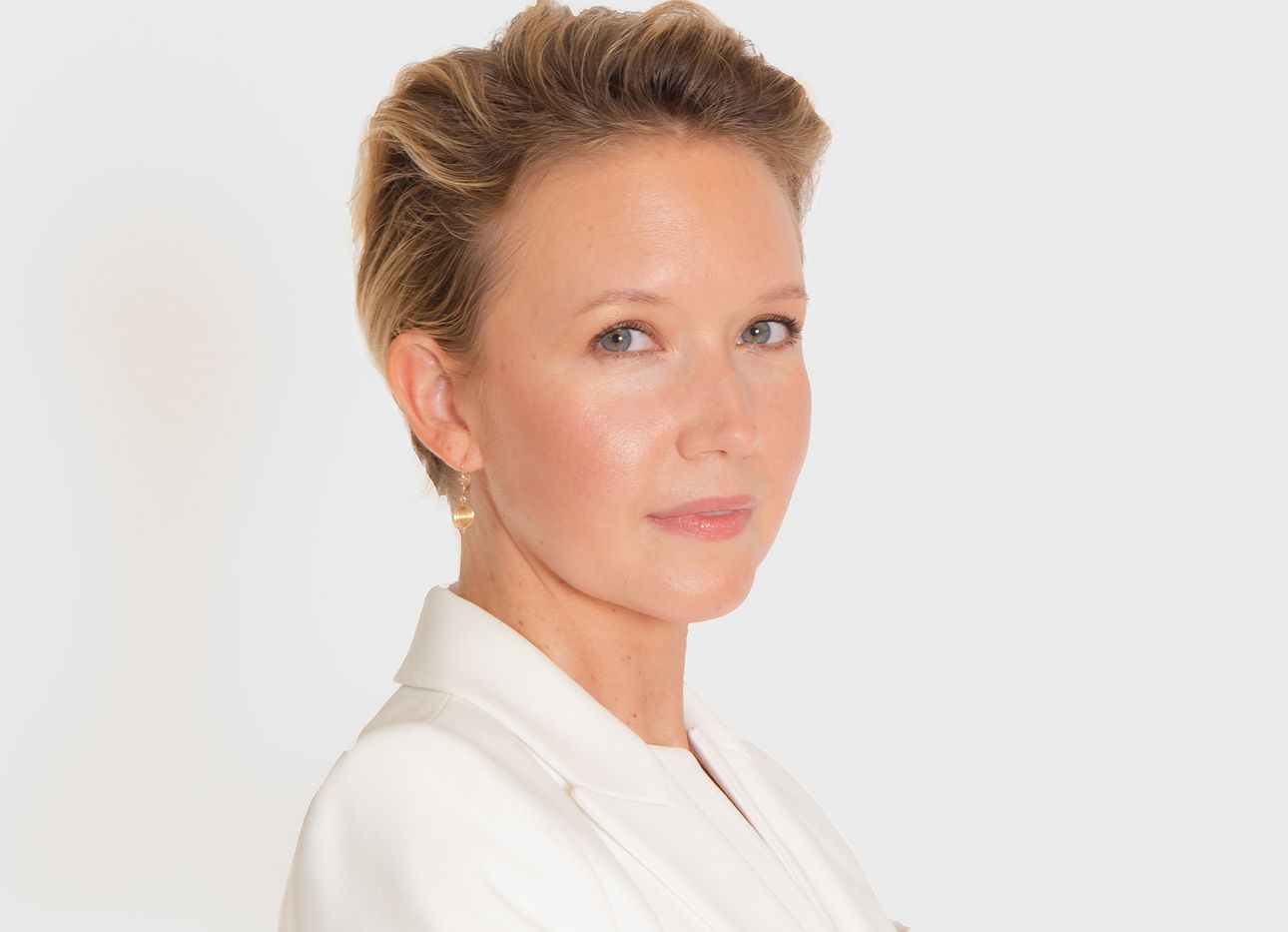
A New Children’s Book Combines Colors and Smells to Profound Effect
Olfactive expert Dawn Goldworm believes that just as children begin to learn colors, they should also be educated on scents—and make meaningful, emotional connections between the two. Goldworm has synesthesia, a condition in which normally separate senses mingle together involuntarily; sounds may conjure vivid colors, or touch may trigger a distinct taste. Spending her career putting her rare abilities to use, developing fragrances for such international brands and celebrities as Valentino, Harrods, and Lady Gaga, she has now brought her interest in sensory education to life in the form of The Smell of a Rainbow (Dial Books), a scented board book, out this summer, that teaches children how to talk about smell using color. Connecting all her research to date and providing tools for kids to better understand and articulate their emotions, the book features seven evocative fragrances that relate to the stripes of the rainbow.
Trained in perfumery school for eight years, Goldworm spent a decade working in-house at the beauty brands Avon and Coty in New York and Paris before setting up her own olfactive branding agency with her twin sister and business partner, Melissa. Called 12.29, the firm helps companies tell their stories through scent. Here, she speaks with us about her path in perfumery and her latest playful exercise in multisensory storytelling.
“While working at Coty in Paris, I’d undertaken several large research studies linked to creating global perfumes for brands. At this time in the industry—almost twenty years ago now—it was thought that you couldn’t develop a global perfume; you had to tailor fragrances for each country.
I investigated whether or not this was really true through two types of research. The first examined olfactive preferences based on culture, generation, and living environment. I found that olfactive preferences come from childhood, and that they are based on all of the products, foods, and environments that we are subjected to in the first ten years of our life. For instance, I found that breast milk has a natural chemical in it called vanillin, which is very close to vanilla, so it’s not surprising that most of the world likes vanilla. The second area of research explored whether there’s anything in our limbic system—the part of the brain involved in our behavioral and emotional responses—that will help us to better understand why people smell the way they do, and why they like what they like.]
I found that, aside from scent, color is the only other thing that is processed through the part of our brain that deals with memory and emotion. I started to think about how “what if we could see smell through color?” could be interesting. So I carried out a global study and found that, with about ninety-seven to ninety-eight percent accuracy, everyone smells the same colors. However, although everyone smells through colors, we can’t articulate the process. This is because the part of the brain that processes smell, emotion, and memory is not connected to the part that processes language; people can tell you if they like or don’t like a smell, and how it makes them feel, but not necessarily why.
I thought, What if we could start educating children, just as they start to form their olfactive preferences, to be able to do this in a fun way? At this age, they are so open to understanding the world and communicating. That’s how the concept for The Smell of a Rainbow was born. The book connects smell with color, and with emotion. It’s teaching kids the language of perfumery, but it’s also teaching them the language of the heart. Every smell is connected to an emotion. That’s how you learn about smell and feeling—it’s all connected.”